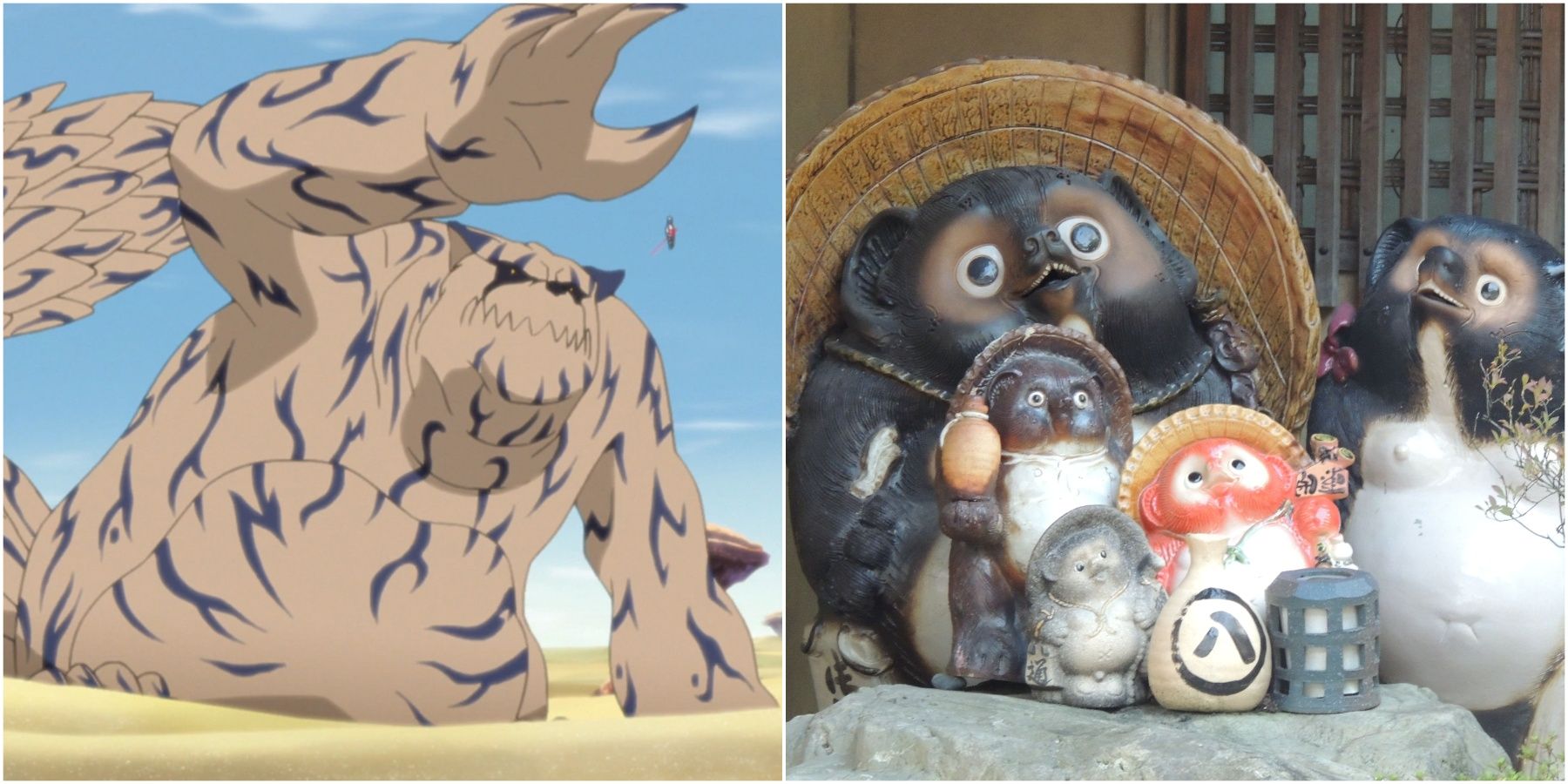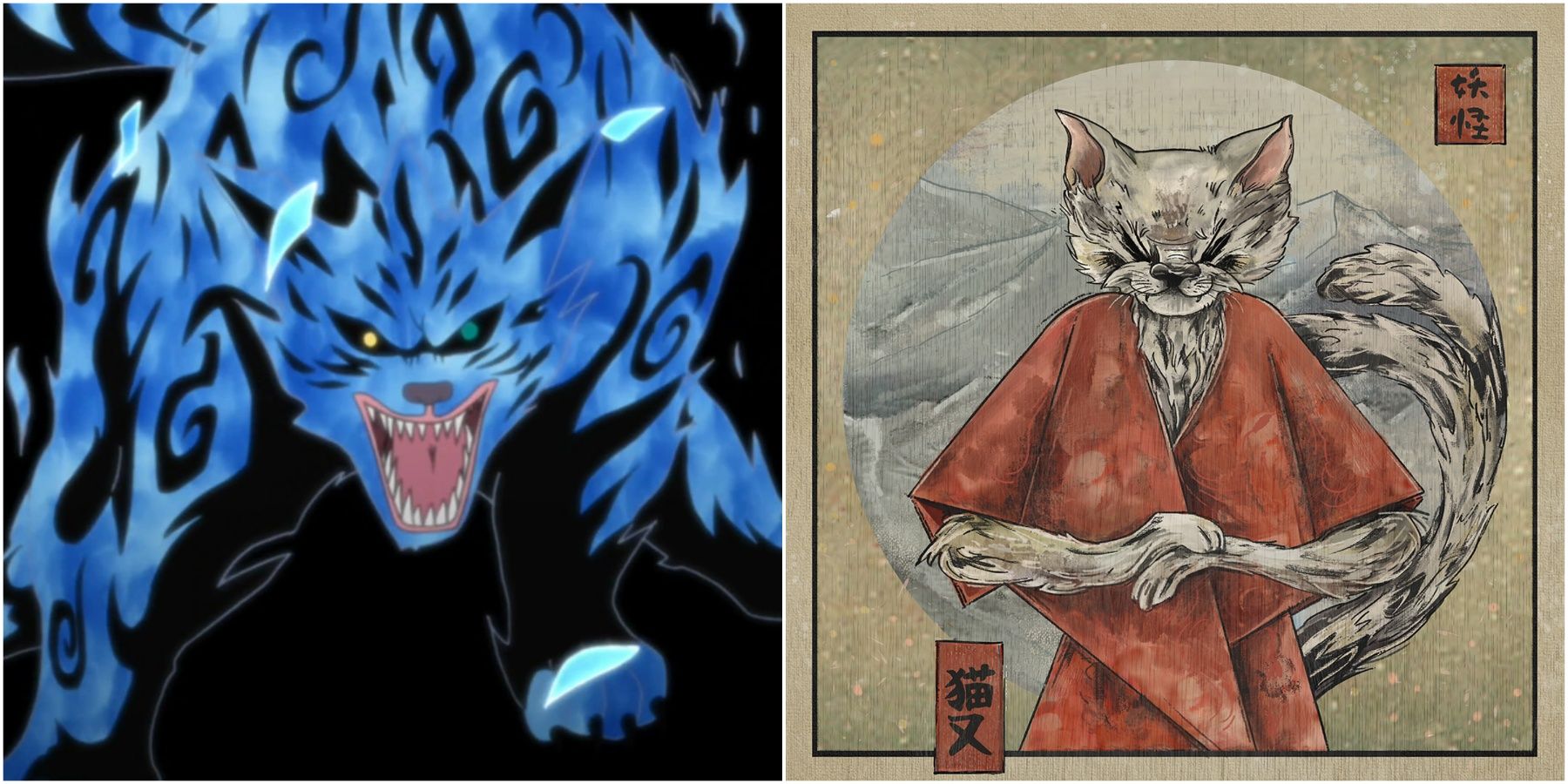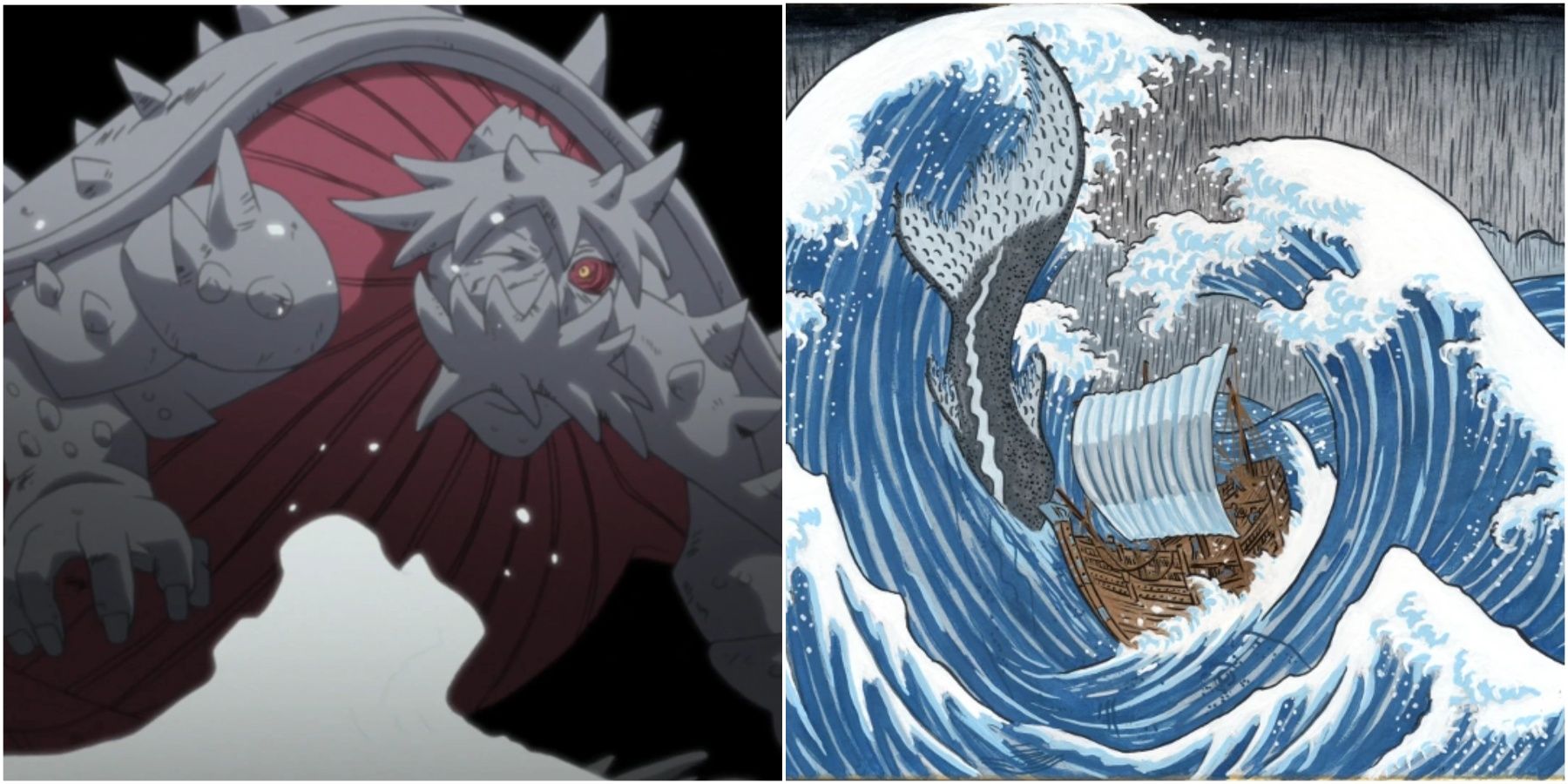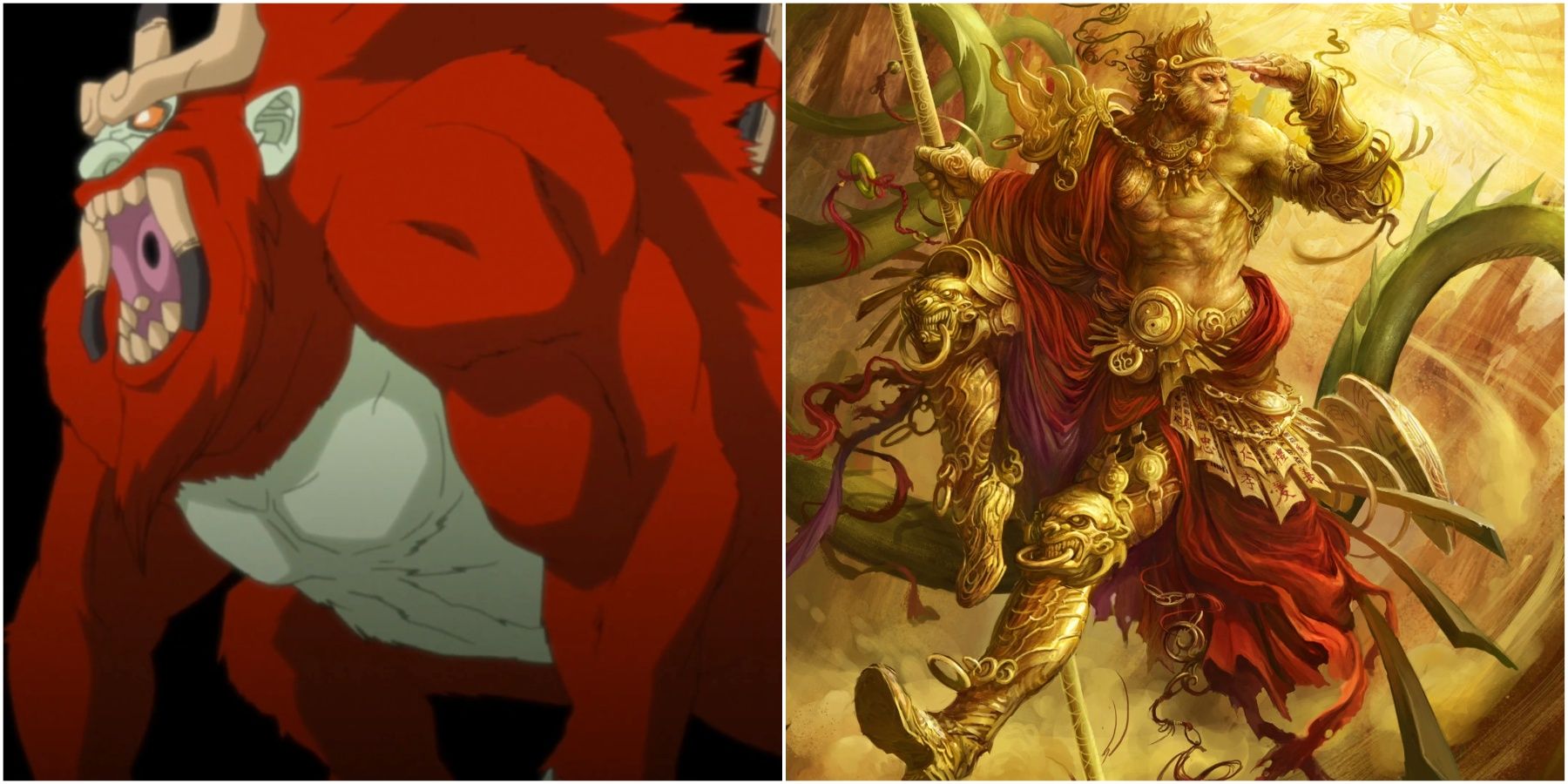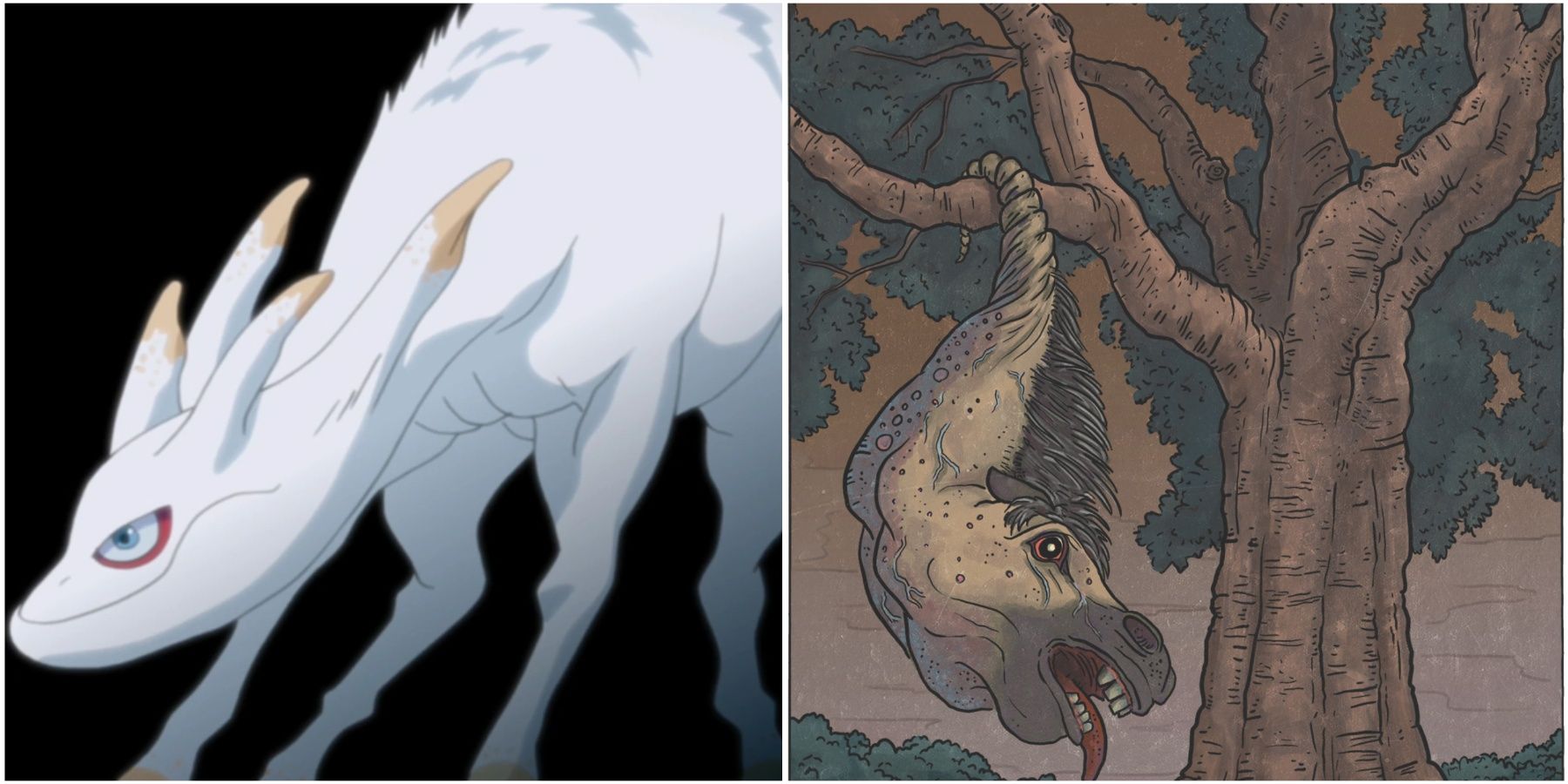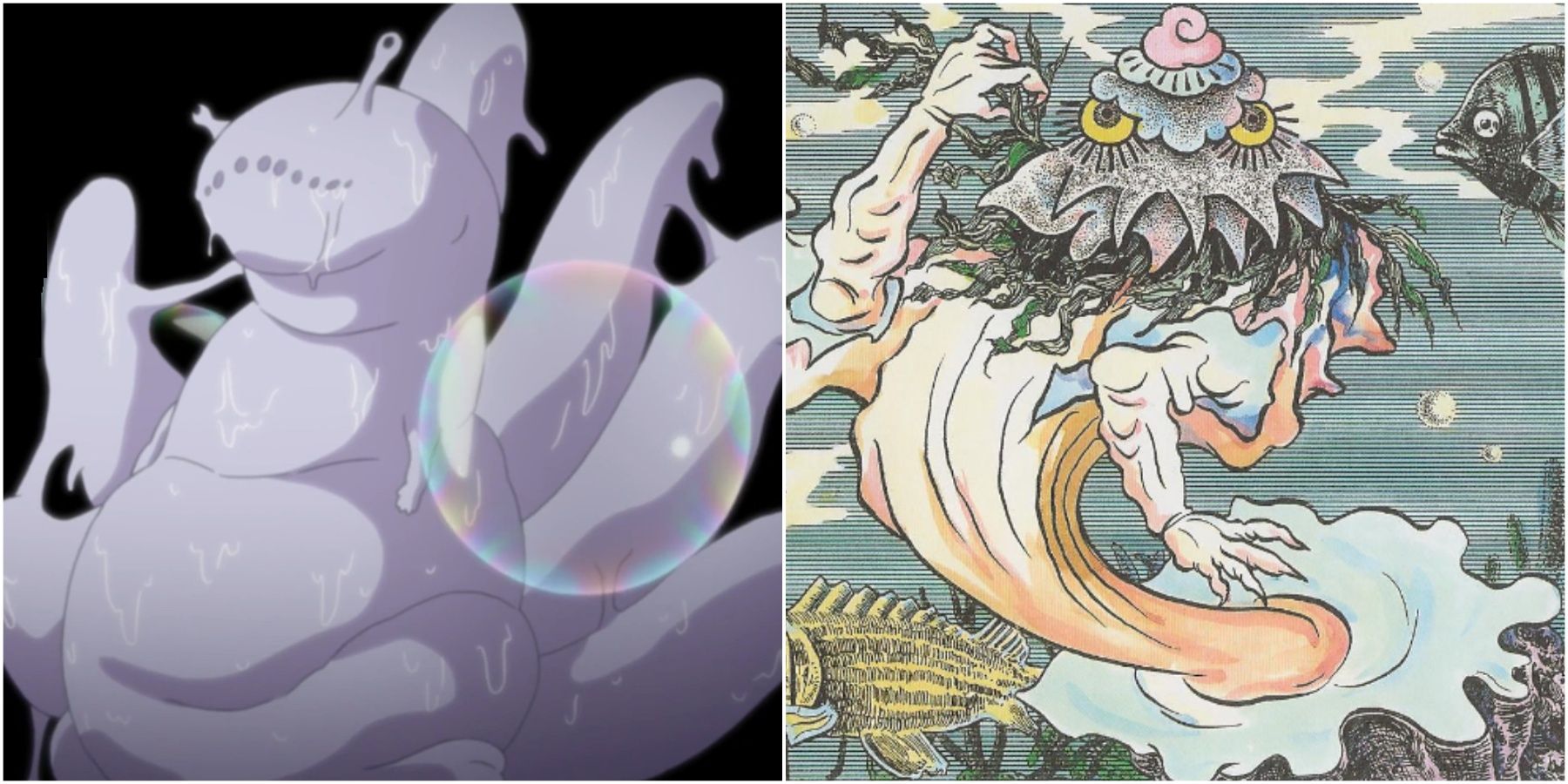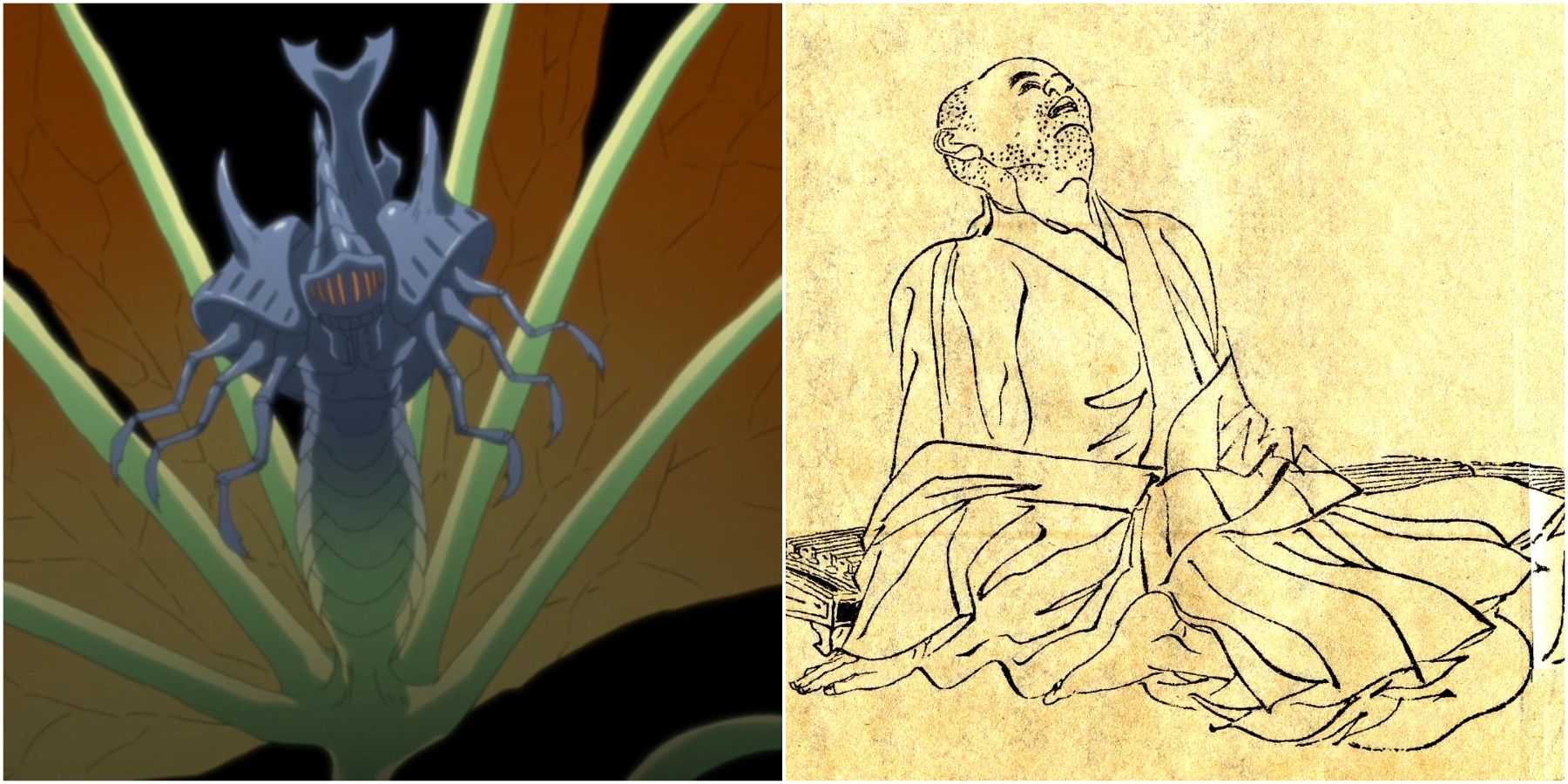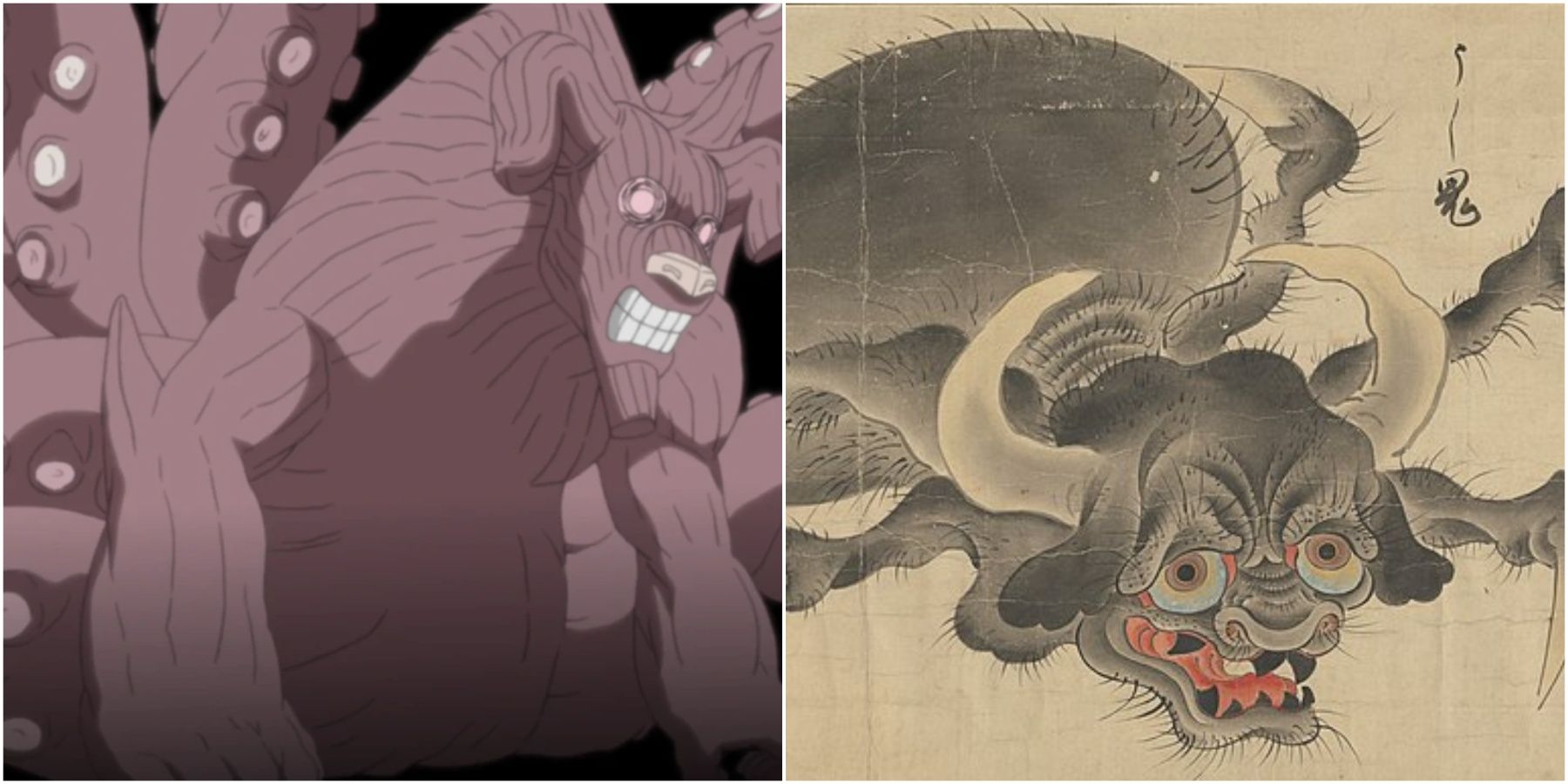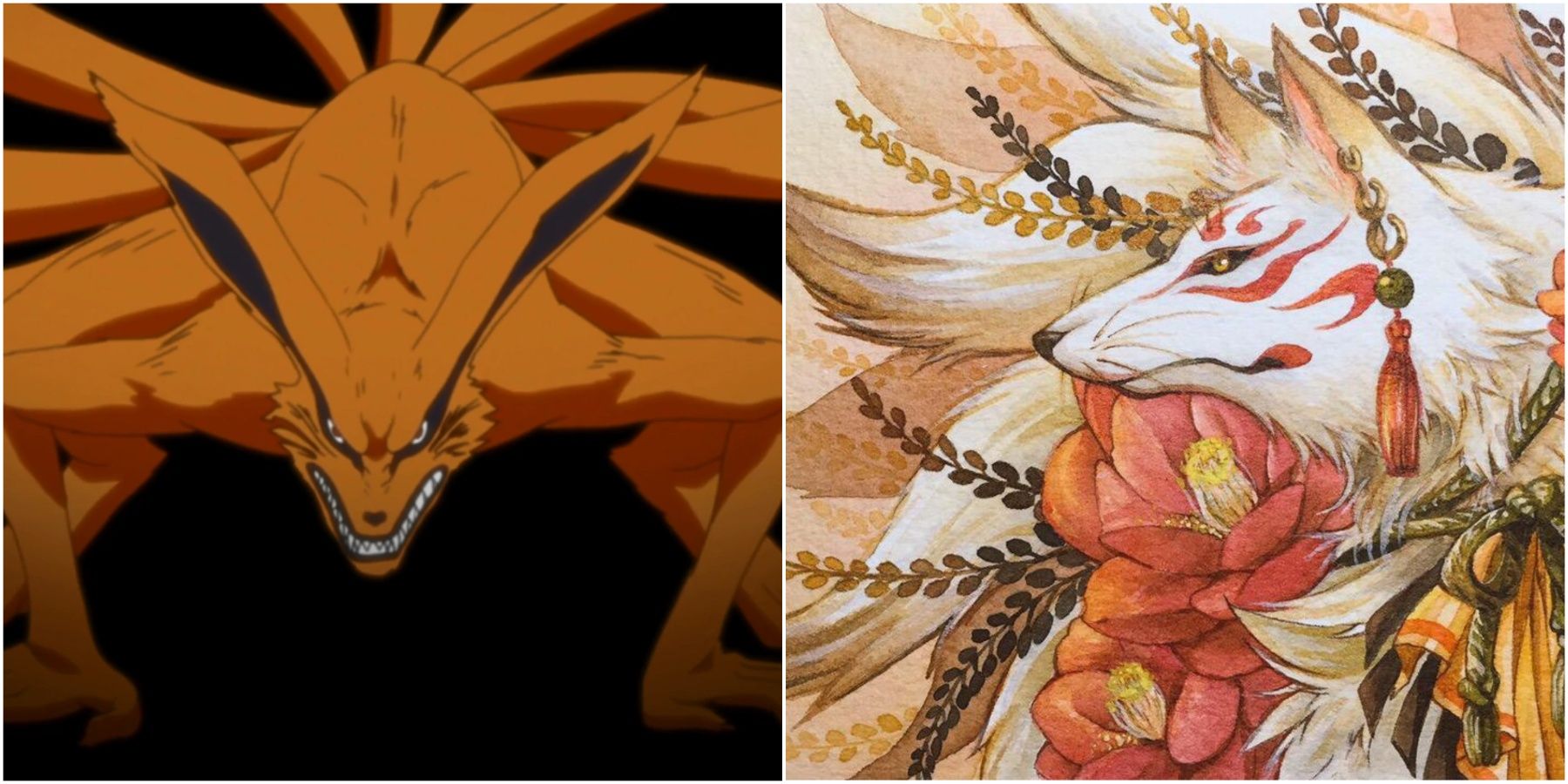
The Untold Mythology Behind Naruto's Tailed Beasts

Discover the mythological roots of the Tailed Beasts in Naruto These powerful creatures draw heavily from Japanese and Chinese mythos, with each beast representing a different spirit or deity From Shukaku to Kurama, each beast has its own unique powers and abilities that make them a force to be reckoned with in the Naruto universe
The Naruto series incorporates various mythologies into its characters and abilities, drawing inspiration from East Asian folklore for its Tailed Beasts. These mythological beings, which include Japanese and Chinese references, are a crucial component of the anime and are imbued with hidden meanings through their names and appearances. Although some Tailed Beasts such as Shukaku and Kurama have more obvious mythological roots, others are more challenging to identify due to their limited screen time in Shippuden. Despite this, each Tailed Beast has been meticulously designed based on specific mythical creatures, adding a layer of complexity to the overall concept.
One-Tail – Shukaku
Shukaku, also known as One-Tail, draws inspiration from Japanese mythology and is designed after the Bake-Danuki or Japanese Racoon Dogs. Although the myth is based on an extinct species of Racoon Dogs, Bake-Danuki possess supernatural abilities to shape-shift.
According to the series, Shukaku was once imprisoned in a teapot by priests in the Hidden Sand Village, which is reminiscent of the tale of a Tanuki transforming into a teapot.
Two-Tails – Matatabi
Matatabi may initially appear to be a Tailed Beast based on regular cats. However, it’s actually inspired by a Japanese Yokai named Nekomata. Also known as Forked Cat Demon, Nekomata takes on the appearance of regular cats with a single tail.
Its true form is revealed when it transforms into a Yokai, with the tail splitting down the middle into two. Two-Tails’ reference arises from this very Yokai form of Nekomata.
Three-Tails – Isobu
Isobu draws inspiration from a variety of mythological creatures, including spirit turtles and shark-like demons. As a tortoise, it is possible that Isobu's design was influenced by the Japanese myth of Umibozu, a sea-spirit often spotted by sailors near the country's coastlines. However, Isobu's name suggests a different origin story as it shares similarities with Isonade, a legendary sea monster in Japanese folklore. Due to the blending of multiple mythos, it is difficult to pinpoint Isobu's exact source of inspiration.
Four-Tails – Son Goku
The character name 'Son Goku' is a direct nod to the famed 16th century Chinese novel 'Journey to the West.' This character is also commonly referred to as Sun Wukong or Monkey King in modern-day Chinese and Japanese media. Son Goku has been referenced in various video games, including Dota 2's Monkey King and League of Legends' Wukong. In the Naruto series, Son Goku takes on the appearance of an ape, which is a reflection of the Chinese mythos that inspired the character. Additionally, there is a less likely reference to Satori, a monkey-like Yokai in Japanese mythology.
Kokuo's design is truly one-of-a-kind, drawing inspiration from two distinct mythological creatures. The horse demon Sagari and the ghostly whale Bake Kujira both played a role in shaping Kokuo's appearance. In particular, Sagari's horse-like head served as the main influence for Kokuo's design, with only the face of the Five-Tailed Beast resembling that of a horse.
Five-Tails – Kokuo
Five-Tails’ name translates to ‘respectful king’ in Japanese, referencing the famed legend of King Mu of Zhou. King Mu ruled China during the Zhou Dynasty’s reign, and myths refer to him as the King who dreamed of attaining immortality.
Six-Tails – Saiken
Saiken, the Tailed Beast, is a colossal slug boasting six tails that extend from its back. Its origins can be traced back to Chinese legends, which feature a snail-like demon referred to as Sazae-Oni. These beings are renowned for their ability to transform their shape, often adopting the guise of seductive women to lure in unsuspecting sailors, much like the infamous Sirens.
Seven-Tails – Chomei
Chomei's resemblance to rhinoceros beetles is unmistakable. These beetles are renowned for their impressive strength in proportion to their size. Interestingly, the name Chomei pays homage to a Chinese poet from the 12th century named Kamo no Chomei, who renounced his former life to live in seclusion. Chomei's poetry was heavily influenced by nature and the solitary life he led. Similarly, rhinoceros beetles are known to seek refuge under logs and vegetation during the day in order to evade predators and isolate themselves.
Eight-Tails – Gyuki
The inspiration behind Gyuki's design can be traced back to the legendary Yokai creature known as Ushi-Oni, a ferocious sea monster that terrorized coastlines. The name Gyuki itself is derived from an alternate pronunciation of Ushi-Oni, which means that the Eight-Tails is directly influenced by this mythological beast. The Ushi-Oni is often depicted as having an ox head, despite being a sea creature, which is why Gyuki's lower body resembles that of an octopus, with each tail symbolizing the creature's eight legs.
Nine-Tails – Kuruma
Kuruma, the Nine-Tails, holds significant mythological roots as the Tailed Beast of the titular character. Its basis on the Japanese Yokai, Kitsune, portrays a fox demon known for its wisdom and knowledge, where each tail signifies an addition to these traits. The name Kuruma is derived from a mountain in Japan, home to the god of the mythical race Tengu, Sojobo. This location also serves as the first instance of Reiki, utilizing Chakra to heal others, which is reflected in Kuruma's ability to empower other shinobi with its Chakra.
